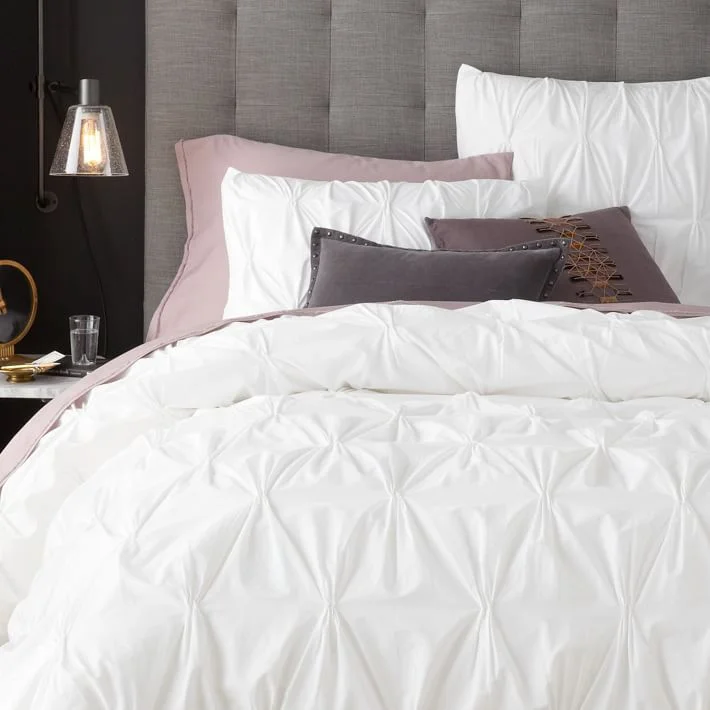During the COVID-19 pandemic, with the stay at home orders in place and gyms closed, I have seen many more people walking and running when I’ve been out running or on our family walks. It’s great to see people out doing the same thing and spending time together. Here are some tips that may be helpful.
Choose an appropriate shoe. Thanks to Lori Thomsen, MPT, PRC at The Hruska Clinic (the PT clinic started by Ron Hruska, founder of The Postural Restoration Institute), we have a list of shoes that meet specific criteria. We recommend shoes that have a solid heel counter (to allow for heel stability and the foot to supinate and pronate as it should during the gait cycle) and bend at the toe box and not in the middle of the shoe (to support your arch and allow proper push off). Here’s the Recommended Shoe List link.
As you will see the list is organized by what type of arch you have (low, average or high). When you try on a shoe, it should feel comfortable right away. If you feel like you have to “break it in” it’s not your shoe. When walking in the shoe, you should be able to “sense” your heel, arch and big toe. In the ideal scenario, I (or your PT) would perform objective tests on your neck, shoulders/ribcage and hips/pelvis to determine the best shoe for your body. However, currently we are limited with social distancing. The best way for you to pick a shoe right now is by feel and comfort. We are fortunate to have Big River Running in St Louis making home deliveries. My current clients are ordering 2-3 pairs from the appropriate column and determining the best shoe by comfort when walking in them and then returning the ones that don’t work. Perhaps you have a local running store in your area that would be happy to have your business. If you need assistance to determine your arch type, I can do this remotely; please contact me: nancy@integrate360pt.com.
Swing your arms. When you are walking or running, it is very important that you swing your arms. Forward motion of your arms allows your trunk (ribcage and thorax) and therefore your pelvis to rotate and move as it should. I encourage my clients to see their fingers in their peripheral vision as they are walking. This will help ensure that your arms are moving forward. This will necessitate that you take your hands out of your pockets when you are walking. In addition, if you are walking your dog, consider a waist leash to free your hands allowing for arm swing.
Increase your distance gradually. There’s a tried and true 10% rule in running. It states that you should increase your distance by 10% each week. For example, if you are running 10 miles/week, you should increase to 11 miles the following week. This is to avoid overuse injuries. It’s tempting with being cooped up in the house and then going for a walk or run in the nice spring weather to not push yourself to go further when you are feeling good and strong. But don’t give in. Be smart and remember slow and steady wins the race!
Stay nourished, rested and hydrated. Eating healthy, consistent meals, being well rested, and staying hydrated are all essential to keeping your immune system strong! These three may be common knowledge, but during this pandemic, it’s especially important to eat nutritious meals throughout the day and also get 7-8 hours of sleep at night. Maybe not as known is maintaining adequate hydration. You should drink 1/2 to one ounce of water for every pound you weigh. So, if you weigh 150 lbs, you should drink 75-150 ounces of water per day. Of course, you will need more water if you are exercising and sweating more.
Please keep moving! If you are working from home or staying home more, it’s difficult to get in as many steps during the day when you are not walking around the office, walking to and from public transit or running errands. You will have to make a conscious effort to get up from your desk and go out for a walk or run. But once you keep moving, you will feel better!




